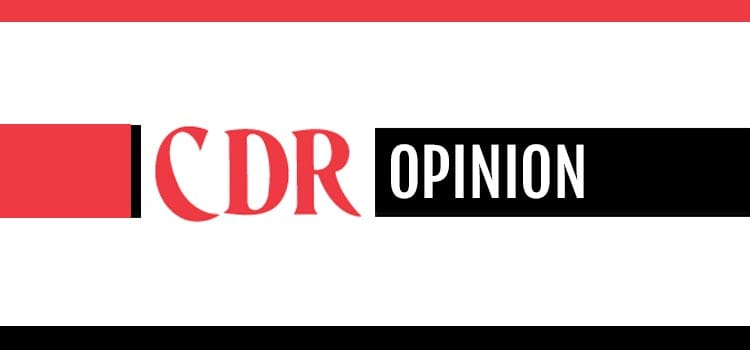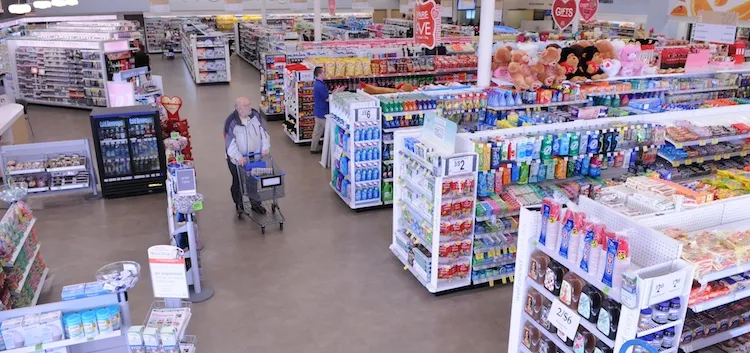Not so long ago large multinational consumer packaged goods companies competed against one another by seeking out new markets to conquer and new consumer segments to attract.
Today, the drivers of growth have undergone rapid and massive transformation. Now more than ever, we are seeing competition is between brands and not companies, with consumers increasingly drawn to the multitude of smaller players who are stealing market share from historical leaders.

John Zealley, Accenture
The industry is at an exciting crossroads, but with change comes a constant need to adapt and respond. This will require CPG companies to take a “moving to modern” approach, one where technology will play a critical role and the consumer is always front of mind.
We are seeing several trends that will shape the industry in the year ahead, including:
• Multi-speed is the new normal for CPG companies.
Adapting to constant change is not new. But in the connected world, the pace of change is accelerating, and the effects will be felt across the spectrum. The stakes are rising, the clock is ticking, and the future is here. The challenge for companies is that they will have to become adept at doing two things at the same time.
There is no magic formula why disruptors are taking more than their fair share of market growth and no inherent advantage to lack of size. Yet despite the big players having real advantages in the form of an existing consumer base, well-established distribution, massive resources and industry expertise, we’re seeing small companies steal market share by creating and maintaining true consumer relevance.
It could simply be a case of getting the fundamentals right — and better than anyone else — while preserving the ability to move nimbly and at speed. Legacy CPG companies are often hampered by rigid, bureaucratic and legacy processes that can kill ideas and lengthen the decision-making process. At the same time, some of these small companies are going beyond the core and disrupting the industry by creating innovative new business models that drive new growth. These new business models have the potential to phase out existing markets.

Bottom line: There is no one-size-fits-all path, so CPG companies must carefully balance keeping a foot in today by protecting and growing their core business, and a foot in tomorrow by committing to insight-led consumer engagement, a culture of fast innovation and a willingness to disrupt their own market.
• The “University of CPG” — future leaders must be role models for continuous learning and foster intrapreneurship.
For the CPG companies with established brands, a long history and a strong heritage, transformation to a future-ready organization requires careful support to ensure it doesn’t lose its values, its purpose or what made it successful in the first place.
To succeed, change needs to start from within. Having the right capabilities in place is necessary, but not sufficient. Often, we see the skills and experiences of business leaders are mismatched with the market conditions. This means that future leaders will need to personally demonstrate a mindset of continuous learning as well as an openness to learn from a new generation of workers. They will also need to cultivate an environment for ideas and innovation, empowering individuals to exercise intrapreneurship, directed by a clear organizational purpose and explicit guardrails — increasing employee engagement as well as bottom-up innovation that can be taken to market quickly.
• Emerging markets are powering back, fueled by digital consumerism.
Despite global caution, the emerging markets opportunity remains a must-win for multinational market leaders. Russia, Brazil and China are getting back on track after adjusting to effects of rapid growth, and across India, Southeast Asia and Africa we’re seeing increased consumer spending due to rising incomes, rapid urbanization — including the emergence of mega cities — and economic growth. With the right capabilities and business models in place, CPG companies now have access to millions of new digitally enabled consumers — armed with healthy disposable incomes — who will be making brand and product choices for the first time. And with expectations more fluid in these fast-growth markets, our global consumer survey suggests dramatically higher receptivity towards truly new business models.
At the same time, there remains huge volume potential in serving the demand for core CPG products in the growing market of middle-class consumers who can now afford them. In the near term, there is significant value in cracking the code on route to market in traditional trade.
The good news is the CPG industry is already rising to these challenges. We have some road to travel — and a host of innovations to deliver along the way — but in the end, consumers will benefit.
John Zealley is senior managing director of products growth and strategy lead at Accenture.







